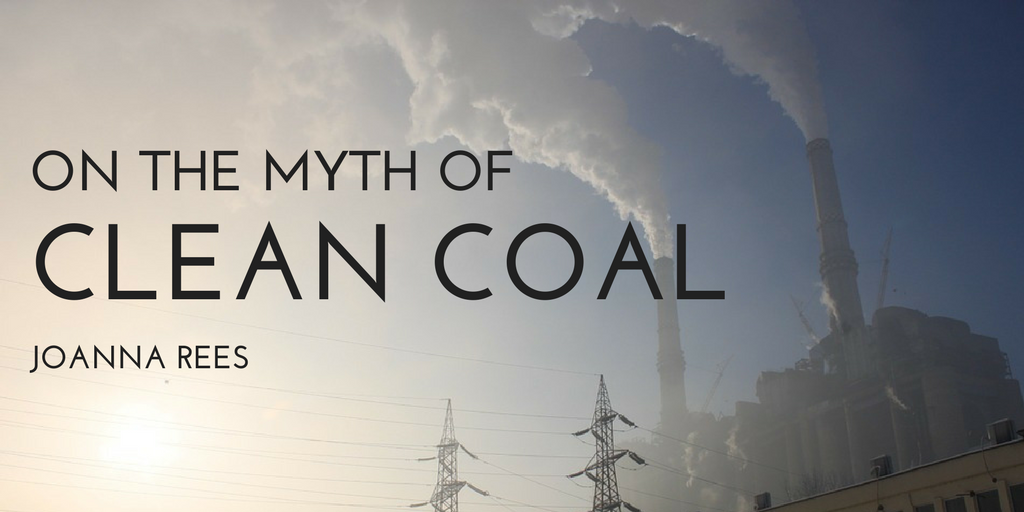There are some things meant to be said around campfires in hushed tones. Outlandish stories of dragons, and epic heroes, and ships made of toenails. These myths are staples of our culture not because they are true, but because, on some level, we hope that there is an element of truth to them. Like most stories, they can be a form of wish fulfillment, but perhaps the most dangerous myths are those that threaten to cause actual damage.
We’re talking about clean coal here. And, in the spirit of old mythologies and the cultures that inspired them, I’d like to look at why clean coal is a convenient excuse for the status quo to continue unabated.
Coal is our cheapest power source, but also our most costly and least sustainable. Even before it starts burning, we see immediate consequences. Mining practices have uprooted and destabilized mountains, poisoning water supplies and making agriculture less viable. And though we’ve come a long way from the stereotype of the “canary in a coal mine,” mining safety is often suspect, leading to thousands of deaths from lung disease and accidents.
It doesn’t end at extraction. When burned, coal is equally problematic. Respiratory illnesses run rampant in towns with high emissions, and coal produces more carbon dioxide than any other fossil fuel. Coal helped kickstart the Industrial Revolution, but now, it has become entrenched in society with no easy way to get rid of it.
Because of this, the idea of clean coal has run rampant, often proliferated by those that lobby on behalf of the coal industry. The method most frequently discussed is carbon capture and storage (CCS), which involves trapping carbon dioxide emitted as coal burns and burying it underground. It’s a process that actually does work; a project in Ohio was able to successfully sequester gas underground.
Yet, saying that CCS ‘works’ comes with several large caveats. For one thing, it’s an incredibly demanding process, to the point where plants would have to burn even more coal to make CCS work while still outputting the same levels of electricity. And if more coal is being mined, then that means even more environmental and personal damage. As a result, costs are also through the roof, a tricky proposition when cheap natural gas has supplanted coal in many areas. Additionally, the project that pioneered the concept of CCS was only able to divert 1.5% of the plant’s emissions.
The integrity of storage is also being called into question. While natural gas pockets are not uncommon, long-term storage may cause massive leakages that could threaten the health of nearby populations. Even smaller leaks could easily defeat the purpose of these projects. Some plants have abandoned their touted CCS projects after spending billions for nothing.
In order for CCS to work, it needs to operate on a large scale, something that is currently not economically or logistically feasible. In fact, there is only one plant in the United States that operates “cleanly”, to say nothing of the drawbacks the method may still have.
The proliferation of stories about clean coal are born out of an attachment to the convenience of coal, but the best way to improve coal emissions is simply not to use it. Before a halcyon future of windmills and solar panels, a middle ground needs to be found with natural gas and nuclear power. Either are vastly superior to the sheer destructiveness of coal.
Yes, we are dependent on coal. No, it doesn’t have to be that way. And the first step to freeing ourselves from that dependence is to acknowledge that clean coal is a campfire story told around the ashes of a dying industry.

